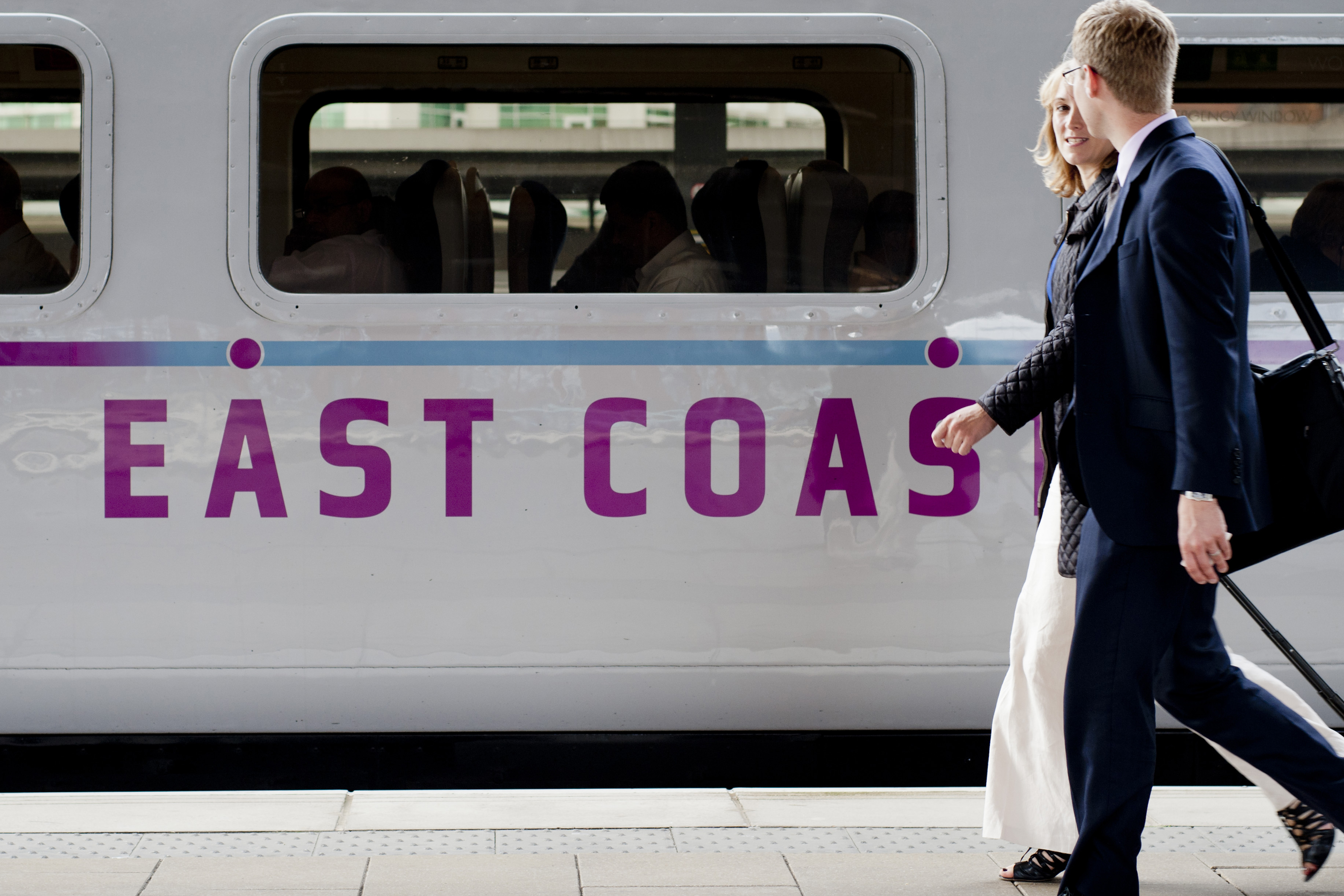How East Coast was forced onto the right IT track
We spoke to East Coast Main Line about how its move away from National Express has brought about IT benefits.


CASE STUDY Positive business outcomes don't always come out of a willingness to change. Occasionally, companies see benefits after being forced into making decisions.
That's just what happened at East Coast Main Line. The company is in the process of moving from ownership by National Express to being re-franchised under Government control.
As a result of that shift, the company has been forced to rethink its IT. That involves a mammoth task, yet East Coast is already enjoying the fruits of this enforced change, especially with its new service desk.
First stop
When National Express defaulted on its franchise obligations in late 2009, it meant East Coast would be moved back into Government hands. It also meant the company needed to get its service desk back.
There was a lot of processing documentation to go through, so when we initially put those processes in place, they were very heavy, very cumbersome.
When under National Express' wing, East Coast simply used its owner's service desk via an app accessed over Citrix. East Coast was just handed a login and asked to get on with it.
Sign up today and you will receive a free copy of our Future Focus 2025 report - the leading guidance on AI, cybersecurity and other IT challenges as per 700+ senior executives
In moving away from National Express, the company needed a service desk that could cater for its 3,000 staff across the UK, along with the 3,000 customers using its onboard Wi-Fi every day. The service desk would also have to cope with requests from its EPOS service if customers came unstuck during an onboard purchase.
In simpler terms, it needed something that could help helpdesk employees efficiently serve a massive number of customers.
The first step was to tender out for an IT service management (ITSM) solution. Three vendors made the final cut: LANDesk, ServiceNow and Hornbill. It was Hornbill's Supportworks ITSM which won out in the end.
A journey without a hitch?
Yet with an IT project so big, in moving from National Express and back into the hands of the Government, there were some big tasks to overcome in the teething stages of the ITSM implementation.
In particular, there was plenty of data to go through and then filter into the new system.
"There was a lot of processing documentation to go through, so when we initially put those processes in place, they were very heavy, very cumbersome," explained David Wilson, service desk manager at East Coast.
"So we've gone through a rationalisation process. Basically our processes are now a lot fitter. We went in and removed steps we didn't need, added new ones. The Hornbill system is quite flexible and allowed for that functionality."
There was a certain degree of technical separation in transitioning back over to Government ownership too. Again though, Supportworks assisted with that.
Tom Brewster is currently an associate editor at Forbes and an award-winning journalist who covers cyber security, surveillance, and privacy. Starting his career at ITPro as a staff writer and working up to a senior staff writer role, Tom has been covering the tech industry for more than ten years and is considered one of the leading journalists in his specialism.
He is a proud alum of the University of Sheffield where he secured an undergraduate degree in English Literature before undertaking a certification from General Assembly in web development.


